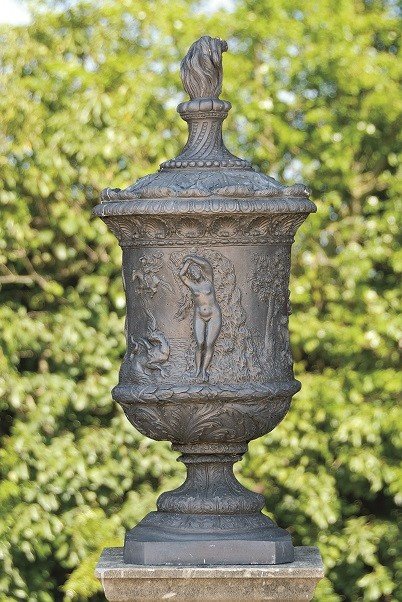 Image 1 of 5
Image 1 of 5

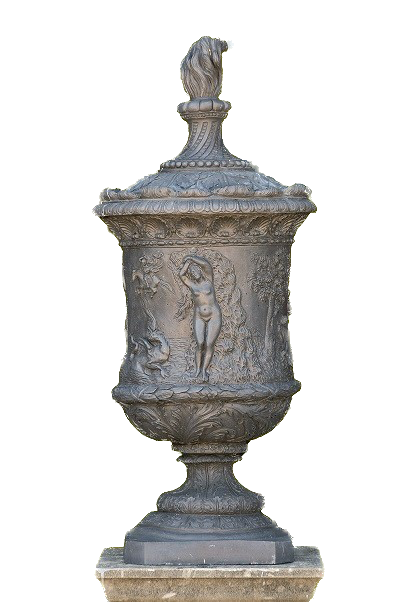 Image 2 of 5
Image 2 of 5

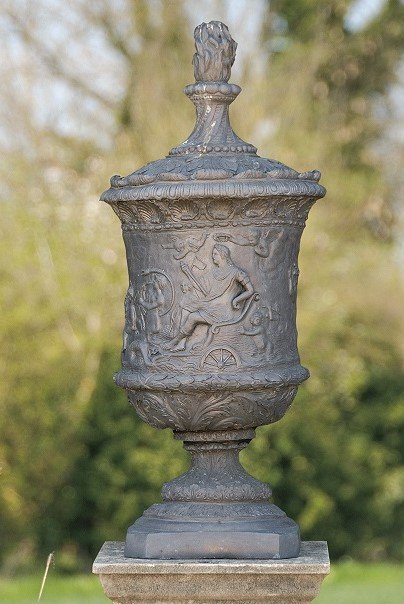 Image 3 of 5
Image 3 of 5

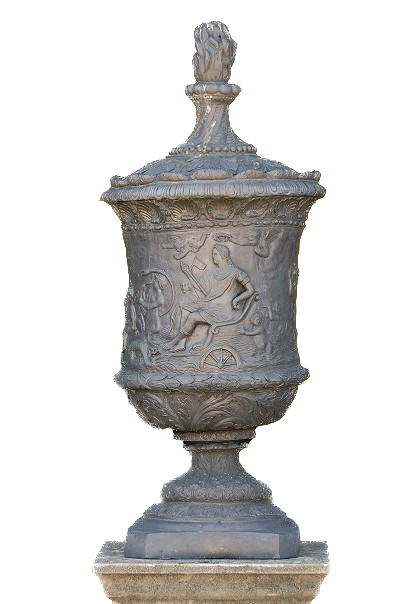 Image 4 of 5
Image 4 of 5

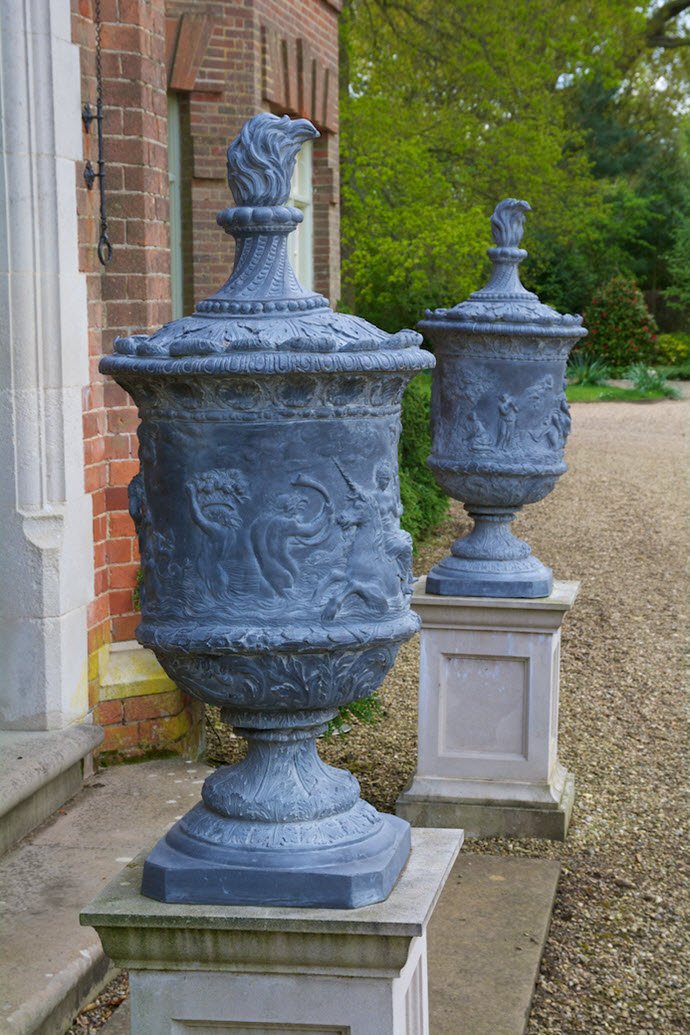 Image 5 of 5
Image 5 of 5






Glorious Revolution Urns
These magnificent urns offer a captivating glimpse into the significant events of 1688, known as the Glorious Revolution, wherein the Roman Catholic King James II was compelled to flee England. In his stead, the Protestant Prince William of Orange, alongside his spouse, Mary Stuart, assumed the throne.
One of the striking urns portrays a profound allegory. It depicts the brave Perseus, personifying William, gallantly rescuing Andromeda, symbolizing England, from the clutches of the fearsome sea monster, which symbolizes Popery. This allegory would have carried great familiarity, particularly among the Dutch, as William's illustrious ancestor, William I, was occasionally allegorically equated with Perseus, while Andromeda represented the Dutch Republic. It is worth noting that medals commemorating William and Mary's coronation also captured this captivating scene on their reverse, emphasizing its significance.
The second urn presents an equally captivating image, portraying William, regally seated in a chariot, adorned as a Roman emperor. Symbolizing triumph, it portrays him being ceremoniously drawn across the Channel towards England to rightfully assume the English throne.
Together, these splendid urns form an eloquent testament to the Glorious Revolution. They encapsulate the spirit of revolt against religious intolerance and the triumph of Protestantism, as well as the profound impact that William and Mary's ascension had on the course of history. These masterpieces allow us to delve into a vivid portrayal of the events that forever shaped the political and religious landscape of England.
Finials are seen capping each urn which brings an elevated elegance to the stunning urn.
These magnificent urns offer a captivating glimpse into the significant events of 1688, known as the Glorious Revolution, wherein the Roman Catholic King James II was compelled to flee England. In his stead, the Protestant Prince William of Orange, alongside his spouse, Mary Stuart, assumed the throne.
One of the striking urns portrays a profound allegory. It depicts the brave Perseus, personifying William, gallantly rescuing Andromeda, symbolizing England, from the clutches of the fearsome sea monster, which symbolizes Popery. This allegory would have carried great familiarity, particularly among the Dutch, as William's illustrious ancestor, William I, was occasionally allegorically equated with Perseus, while Andromeda represented the Dutch Republic. It is worth noting that medals commemorating William and Mary's coronation also captured this captivating scene on their reverse, emphasizing its significance.
The second urn presents an equally captivating image, portraying William, regally seated in a chariot, adorned as a Roman emperor. Symbolizing triumph, it portrays him being ceremoniously drawn across the Channel towards England to rightfully assume the English throne.
Together, these splendid urns form an eloquent testament to the Glorious Revolution. They encapsulate the spirit of revolt against religious intolerance and the triumph of Protestantism, as well as the profound impact that William and Mary's ascension had on the course of history. These masterpieces allow us to delve into a vivid portrayal of the events that forever shaped the political and religious landscape of England.
Finials are seen capping each urn which brings an elevated elegance to the stunning urn.

